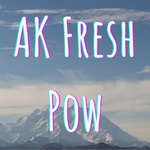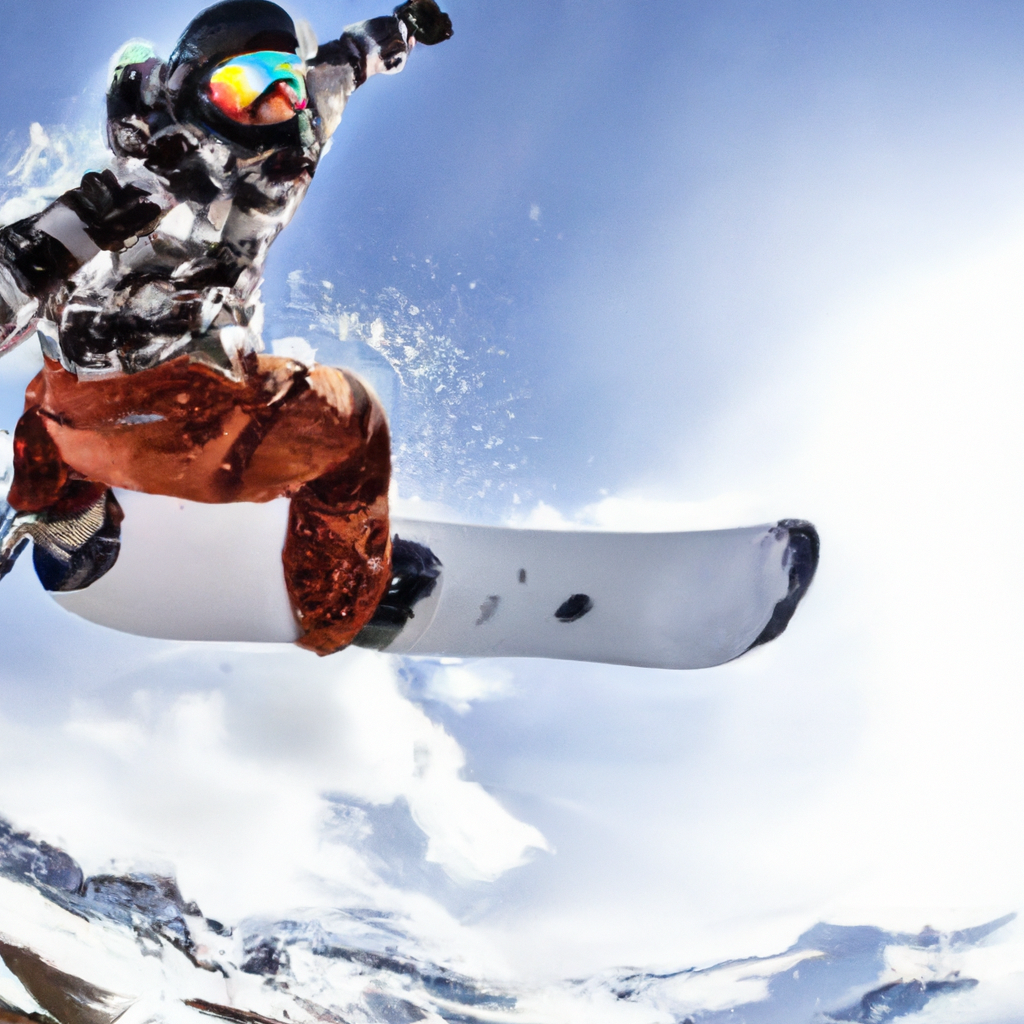
Tips for Snowboarding with One Foot
In this video by SnowboardProCamp, Kevin provides tips for snowboarding with one foot. He emphasizes the usefulness of one-footed riding on flat areas of the mountain, as it allows snowboarders to easily maneuver through these sections. Kevin suggests two different ways of riding with one foot: with the free foot against the back binding for stability and control, or with the free foot closer to the front foot for easier steering. He also explains how to execute turns and come to a stop while one-footed riding. Additionally, Kevin recommends using a stomp pad for better grip on the snowboard. He concludes by encouraging viewers to practice one-footed riding in areas they are comfortable with in order to improve their snowboarding skills.
Tips for Snowboarding with One Foot
Snowboarding with one foot can be a useful skill to have, especially when navigating long flat areas on the mountain. It can make your day on the slopes much easier compared to skiers who have to walk through these areas. In this article, we will discuss some tips and techniques for snowboarding with one foot to help you improve your skills and have a more enjoyable experience on the mountain.
Choosing the Right Foot Position
When snowboarding with one foot, it’s important to choose the right foot position to ensure stability and control. There are two main foot positions that you can use: the traditional way and the alternative way.
Traditional Way: Back Foot Against Back Binding
The traditional way of snowboarding with one foot is to have your back foot pressed against the back binding. This position provides stability and control as it allows you to rock from your heels to your toes and vice versa. By keeping your control and having your foot locked in, you can easily transition from edge to edge.
Alternative Way: Front Foot Position
An alternative way to snowboard with one foot is to place your free foot closer to the front foot. This position allows for easier steering of the snowboard as there is no weight over the tail. The board can swivel around more easily, making it simpler to steer.
Foot Position for Turns
When making turns while snowboarding with one foot, it’s important to adjust your foot position accordingly. For toe turns, move your free foot closer to your toes to make it easier to engage the edge. For heel turns, move your free foot closer to your heels to activate the heel and slow yourself down. Adjusting your foot position during turns is essential for maintaining control and stability while riding with one foot.
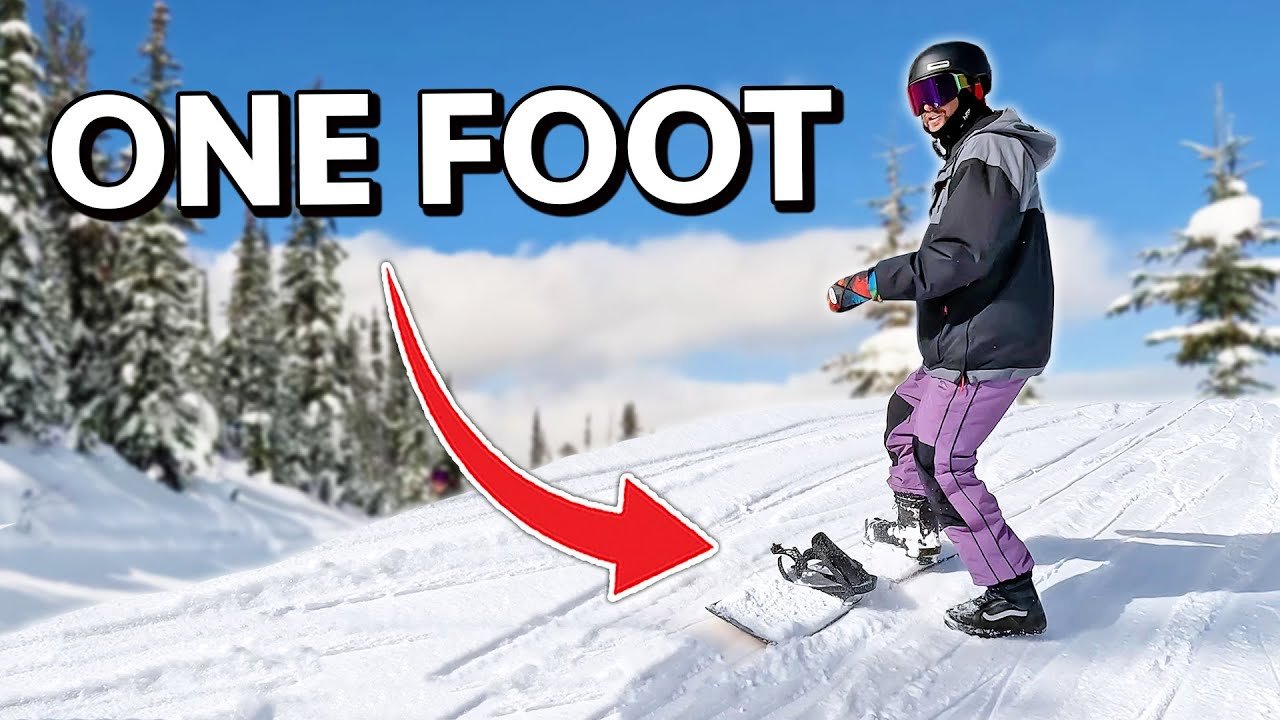
Getting Started
Before you start snowboarding with one foot, it’s important to understand the basics and get comfortable with the technique. Here are some steps to help you get started:
Selecting a Suitable Terrain
To practice snowboarding with one foot, it’s best to start on a suitable terrain. Look for a mellow slope or a flat area where you can practice without too much difficulty. Starting on an easier terrain will allow you to focus on the technique without worrying about steep slopes or challenging obstacles.
Finding a Balance
Finding your balance is crucial when snowboarding with one foot. Take some time to get comfortable with shifting your weight and maintaining stability while riding with only one foot strapped in. Practice shifting your weight from side to side and find a rhythm that feels natural to you.
Using the Correct Technique
When snowboarding with one foot, it’s important to use the correct technique to maximize control and efficiency. Focus on using your free foot for balance and stability, and use your body’s alignment to maintain control over the snowboard. Practice shifting your weight and making small adjustments with your foot to find the most effective technique for your riding style.
Skating with One Foot
Skating with one foot can be a helpful skill to have when traversing flat areas on the mountain. Here are some advantages and techniques for skating with one foot:
Advantages of Having Free Foot Behind
Having your free foot behind the snowboard can make skating with one foot much easier. Even if you’re a bit more on your toes, having your free foot behind the board allows you to push off with more ease. It also helps with alignment, making it easier to maintain balance and control.
Pushing off with the Free Foot
To skate with one foot, push off with your free foot while keeping your weight centered over the snowboard. Pushing off with your free foot will generate momentum and help you move across the flat area. Practice pushing off with different amounts of force and adjust your speed and direction accordingly.
Maintaining Alignment with the Snowboard
While skating with one foot, it’s important to maintain alignment with the snowboard to ensure stability and control. Keep your body centered over the snowboard and try to align your movements with the direction of the board. This will help you maintain balance and make it easier to navigate flat areas.
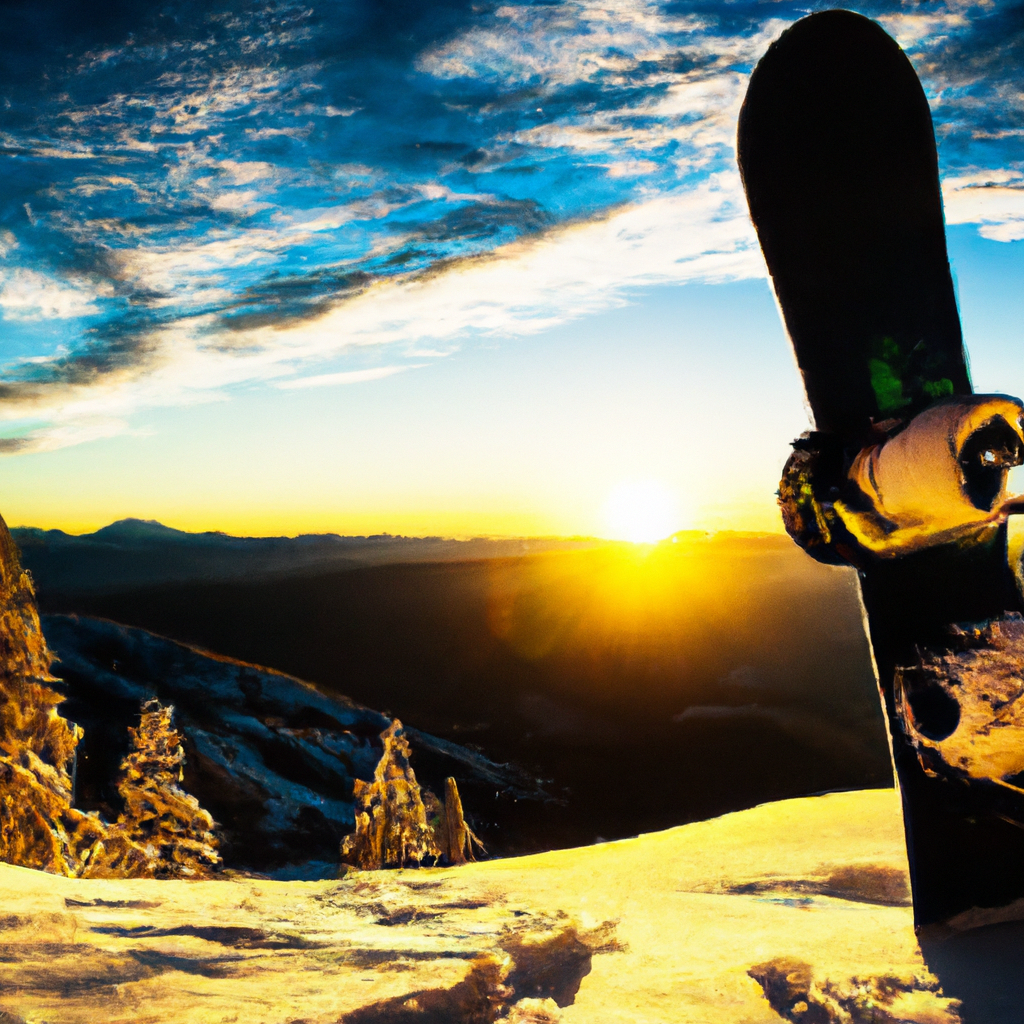
Practicing in Comfortable Areas
To improve your skills and build confidence in snowboarding with one foot, it’s essential to practice in comfortable areas. Here are some tips for practicing in familiar terrain:
Choosing Familiar Terrain
When practicing snowboarding with one foot, choose terrain that you’re familiar with and feel comfortable on. This will allow you to focus on the technique without the added pressure of navigating unfamiliar slopes or obstacles. Start on terrain that is mellow and gradually progress to more challenging areas as you gain confidence.
Increasing Confidence through Repetition
Repetition is key when it comes to improving your skills. Practice snowboarding with one foot on a regular basis to build muscle memory and increase your confidence. Start with short runs and gradually increase the distance as you become more comfortable. The more you practice, the easier it will become.
Experimenting with Different Foot Positions
While practicing snowboarding with one foot, don’t be afraid to experiment with different foot positions. Try both the traditional way and the alternative way to see which one feels more comfortable and allows for better control. Adjust your foot position during turns and see how it affects your riding. By experimenting with different techniques, you can find the approach that works best for you.
Using a Stomp Pad
A stomp pad can be a valuable tool when snowboarding with one foot. Here are some reasons why grip is important and how a stomp pad can help:
Importance of Grip
Having good grip on your snowboard is crucial, especially when riding with one foot. It allows you to maintain control and stability, especially during turns and stops. Without sufficient grip, your foot may slip and make it difficult to maintain balance and control.
Adding a Stomp Pad to Prevent Slipping
A stomp pad is a small adhesive pad that you can attach to the top sheet of your snowboard. Its textured surface provides extra grip and prevents your foot from sliding. Adding a stomp pad to your snowboard can significantly improve your ability to snowboard with one foot by increasing traction and stability.
Recommended Brands and Installation Tips
There are various brands of stomp pads available on the market, each with its own features and benefits. Research and choose a stomp pad that suits your needs and preferences. When installing a stomp pad, make sure to thoroughly clean the area where it will be attached to ensure proper adhesion. Follow the manufacturer’s instructions for installation to ensure the best results.
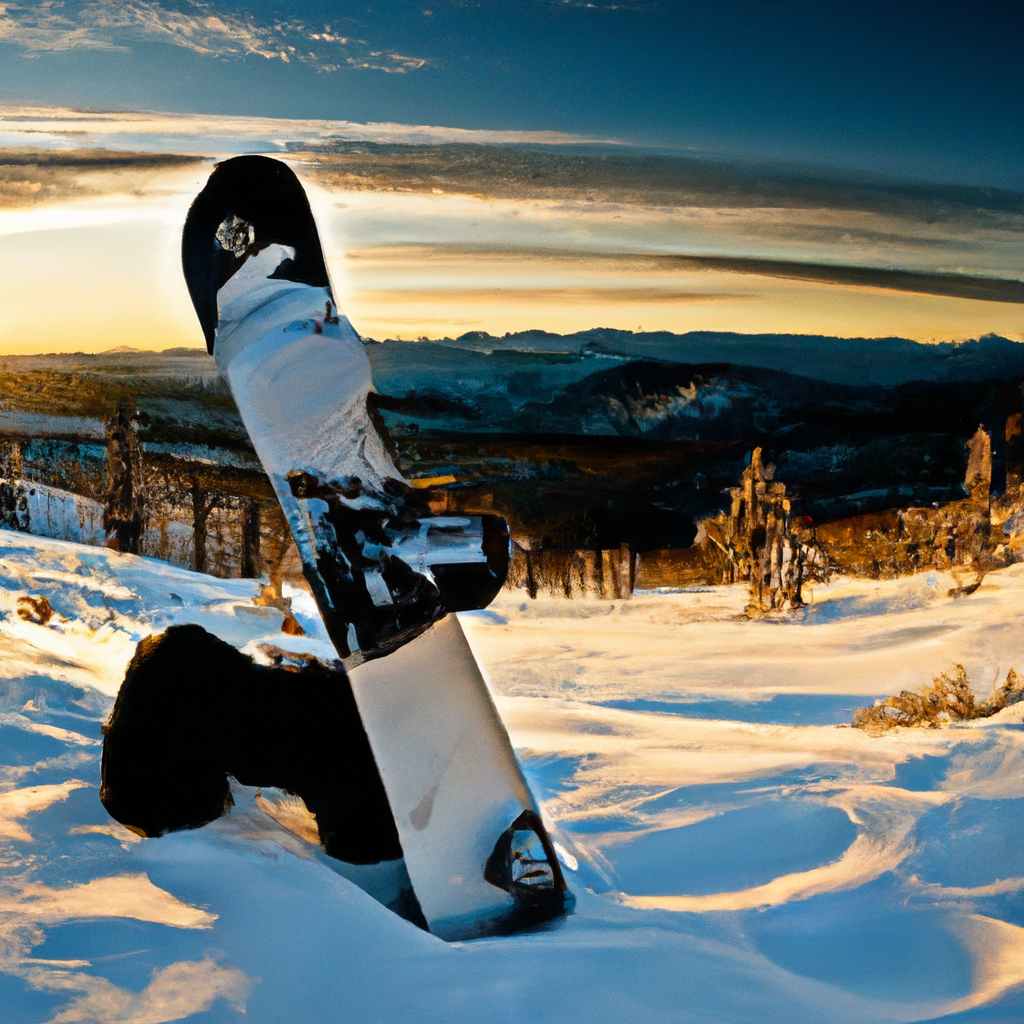
Recap and Conclusion
Snowboarding with one foot can be a useful skill to have, especially when navigating flat areas on the mountain. By choosing the right foot position, getting comfortable with the technique, and practicing in familiar terrain, you can improve your skills and have a more enjoyable experience on the slopes. Additionally, using a stomp pad can provide extra grip and stability, making it easier to snowboard with one foot. Remember to always prioritize safety and have fun while snowboarding with one foot!
